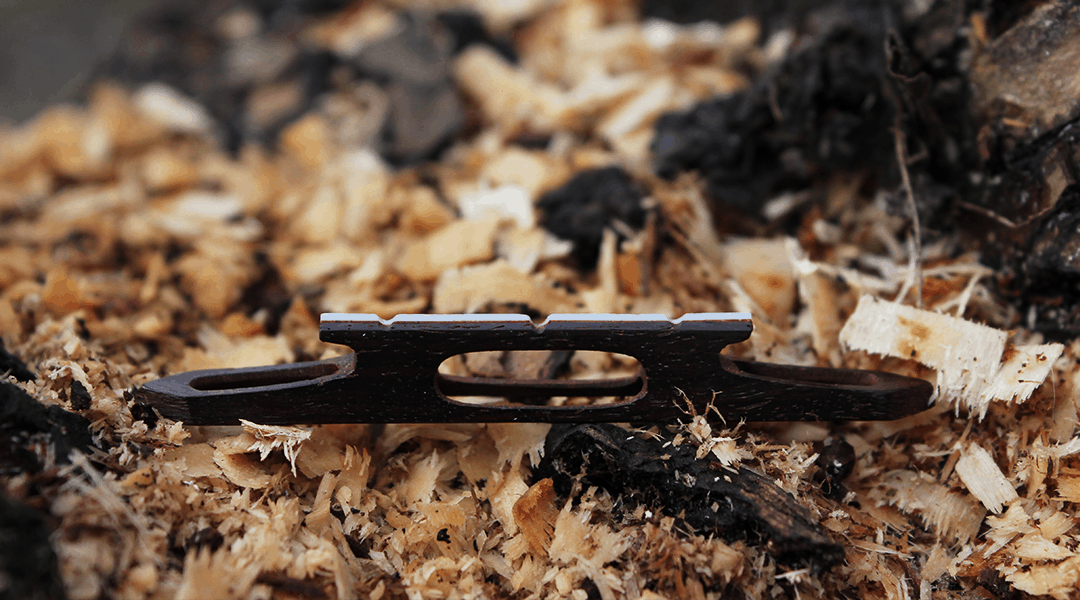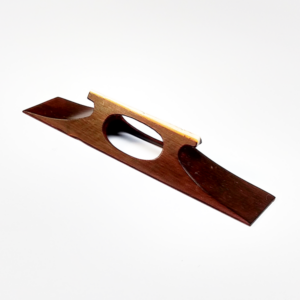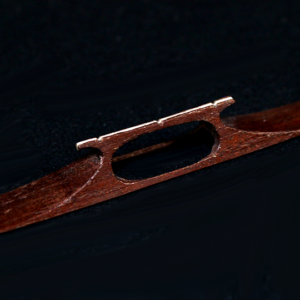Showing all 10 results
The Bridge to Sound
Koma connect the strings to the resonating skin and are thus a truly essential key element to making the shamisen sing. Remember to always remember the bridge after playing to preserve the skin’s tension.

Material
The most common material for the koma’s base ist wood. Bamboo and koki wood are the most frequently used kinds. The topside of the koma can be reinforced by harder materials such as bone, tortoise shell or ebony – the latter two are popular in Japan but prohibited in Europe and many other regions worldwide.
The Material has a significant yet sometimes subtle influence on the shamisen’s sound as different properties affect the way the strings’ vibrations get transferred to the shamisen’s skin. You can alter the sound of your shamisen and make it sound brighter, warmer or sweeter depending on the koma you choose.
Size
The basic shape is set for a shamisen koma. But depending on genre/playing style, the dimensions in height and width differ. The sound requirements are very different depending on genre and occasion. When playing in a classical Sankyoku ensemble, you will want your shamisen to sound a lot milder than for an outdoor Tsugaru Shamisen solo performance. Within each subcategory, there are slight differences in height, width and length, helping you shape your instrument’s sound to your liking.

